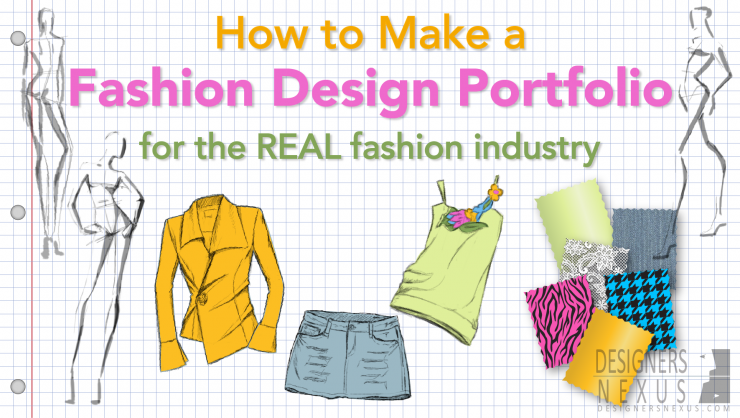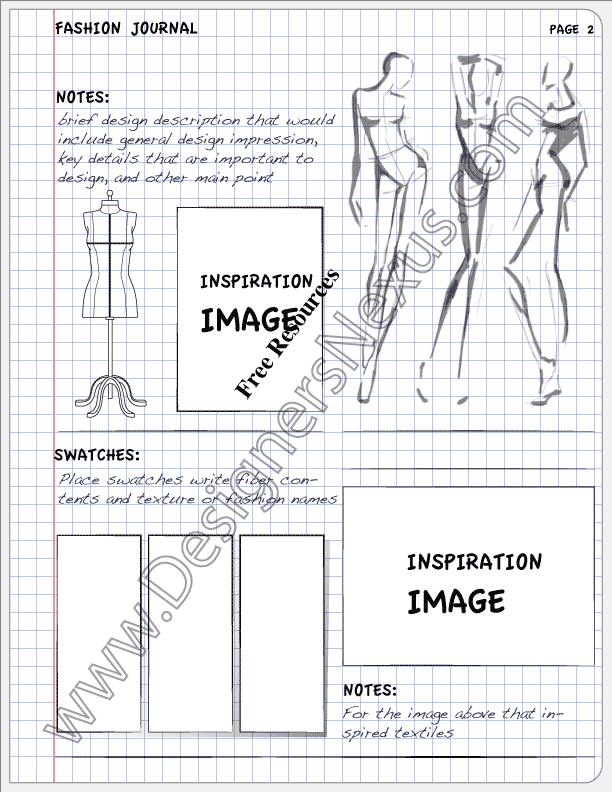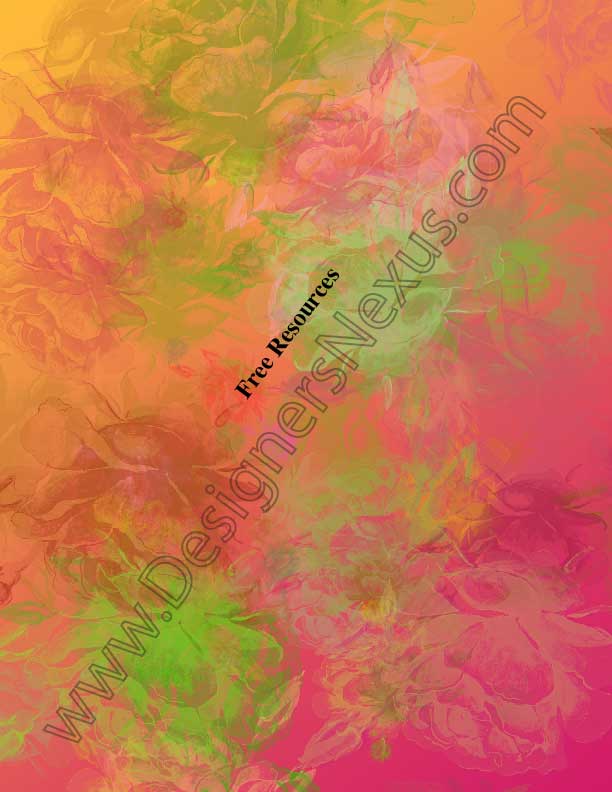Well Put Together
Choose Your Dream Market
First thing's first: decide in which market you want to have your fashion career, and make a list of fashion industry companies that fit into that category. For example, if you would love to be a fashion designer for a better sportswear collection such as Bebe, other fashion companies on your list could include Armani Exchange, Anthropology, and DKNY. Then take some time to look into the companies you chose. What's their design philosophy? Who is their customer? Where do they draw inspiration from, and what does their current collection look like?
Once you're familiar with the type of fashion industry companies you want to design for, think about what they want to see from you - the fashion designer. You'll need to show that you have an eye for style and can create a cohesive apparel design collection for a specific customer, and the company should be able to identify with the price point and styling of your fashion designs.
Making the Fashion Design Portfolio
Most entry level or assistant fashion designers start out sketching fashion flats (fashion technical drawings), assembling fashion presentation boards, and preparing apparel tech packs. Show your prospective employers that you've got each area covered! Develop a series of 3 to 6 small groups ("collections") with 6 - 8 fashion figures or complete outfits per group. Start off each fashion collection with an inspiration page: a collage of images, fabric swatches and other findings that help set the mood and introduce the color story for the collection. Next come the fashion illustrations, which show fashion figures in various poses wearing your apparel designs. These fashion sketches will demonstrate how garments will look on a fashion body and give you the opportunity to express how you would match up each piece to create coordinated outfits.
Following your fashion figure illustrations are flat sketches or floats (stylized flats). A "flat" is basically a black and white sketch of how a garment looks when laid flat. Fashion flats must be clean, correctly proportioned, and include all garment details like: seams, topstitching, buttons and hardware. While some apparel companies still sketch flats by hand, the vast majority creates flat sketches via computer so it is important that you are comfortable using popular CAD software such as Adobe Illustrator for the fashion industry.
Apparel floats are more stylized versions of flat sketches that usually show some kind of movement in the garment. Alternating the use of flats and floats from one fashion design group to another is a good way to add variety to your fashion presentation layout while showing your versatility. Fashion CADs (flat sketches rendered with colors and fabrics) can also be incorporated into a group of your fashion illustrations or flats and can be added as a separate section in your fashion portfolio.
And please don't just display your fashion sketches on a plain white or solid color page! Tie each design group together using fashion backgrounds that follow the theme for each group. Fashion backgrounds (like the free template example below) are an extra opportunity to show your creativity and fashion presentation skills.
Does Size Really Matter?
In a word: yes! Make sure your fashion design portfolio is a manageable size. Most likely, you'll be presenting your fashion portfolio in an office and need to open it on a small, or cluttered desk. Anything larger than 9" x 12" is just too large and unnecessary. I remember making my first fashion portfolio 11" x 17" (the advice of a college professor, believe it or not). As you can imagine, it was not practical at all - I even recall one interview in a small office where I had to present my fashion design portfolio from my lap!
That being said, by following these guidelines, you'll know how to make a fashion design portfolio that will get your talents noticed and give your fashion career a competitive edge amongst the other apparel design hopefuls! Don't forget to check out our Fashion Portfolio section for tons of free fashion template downloads to help you create a fashion portfolio!







